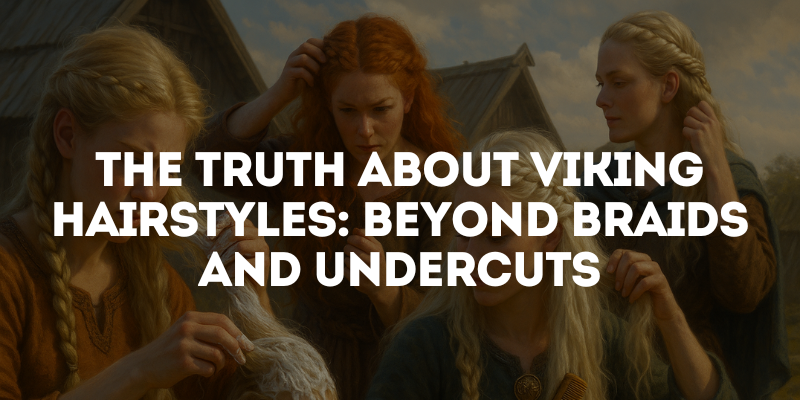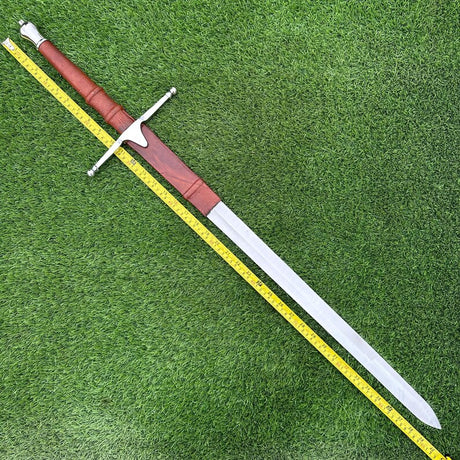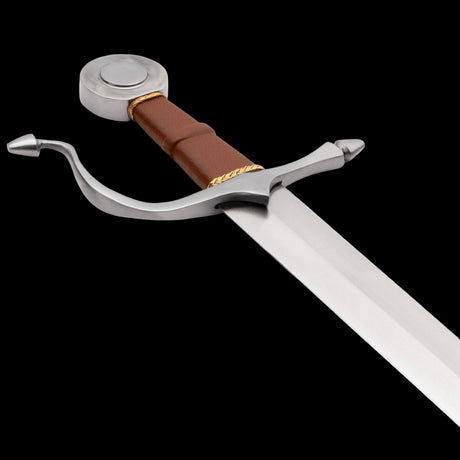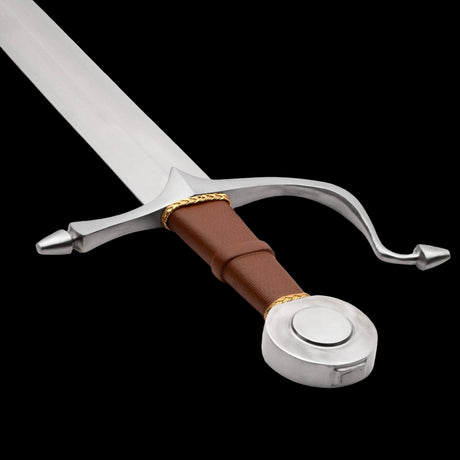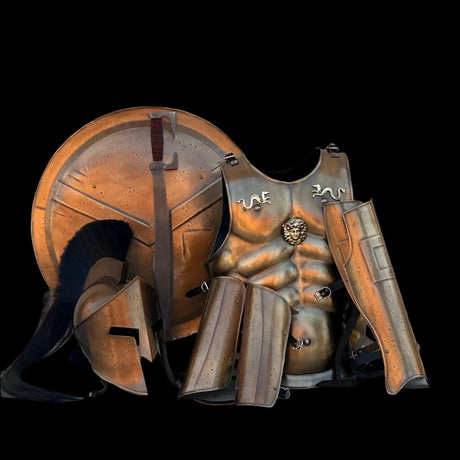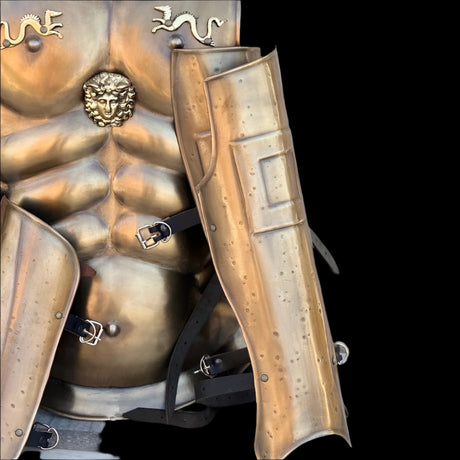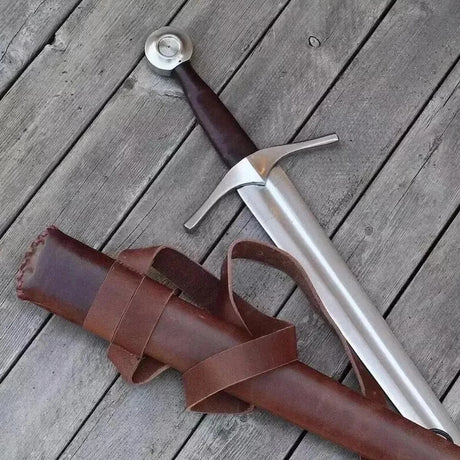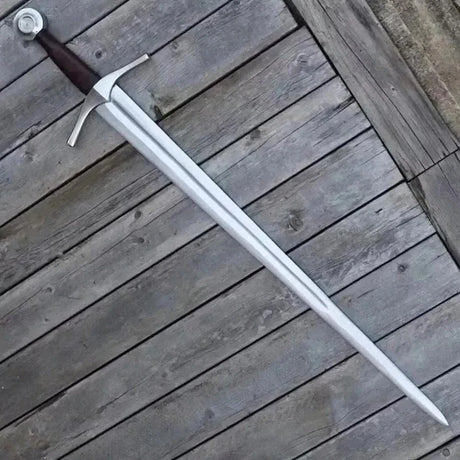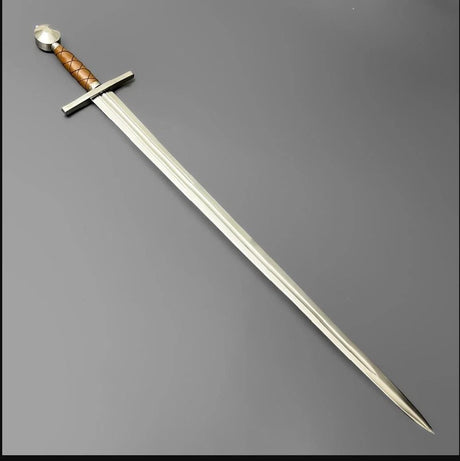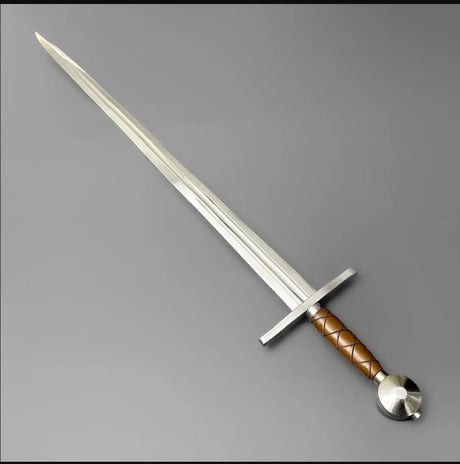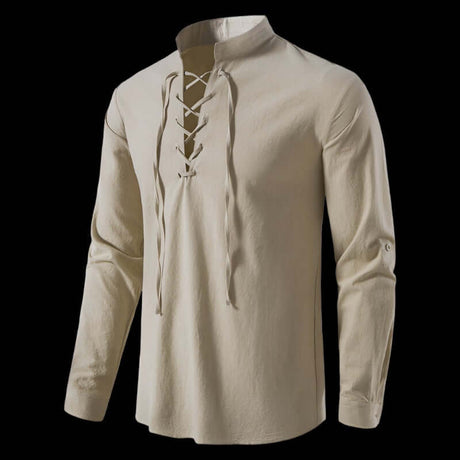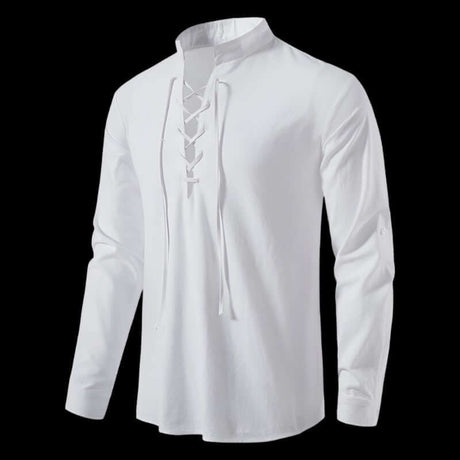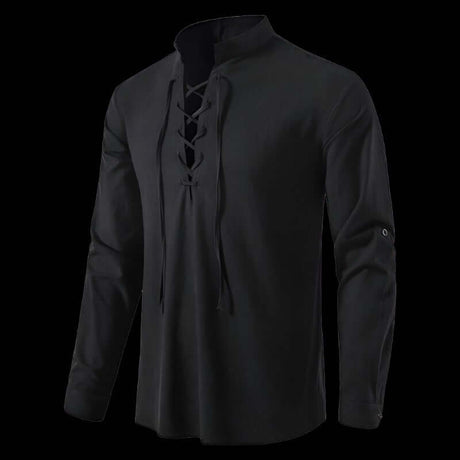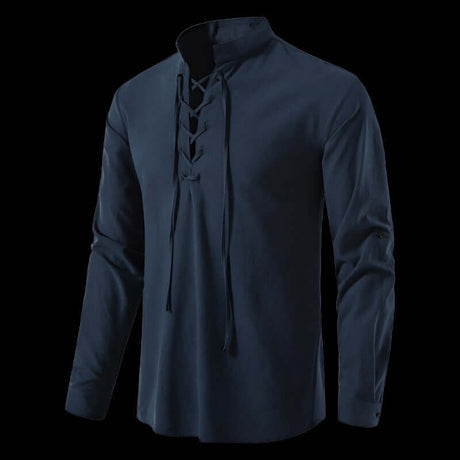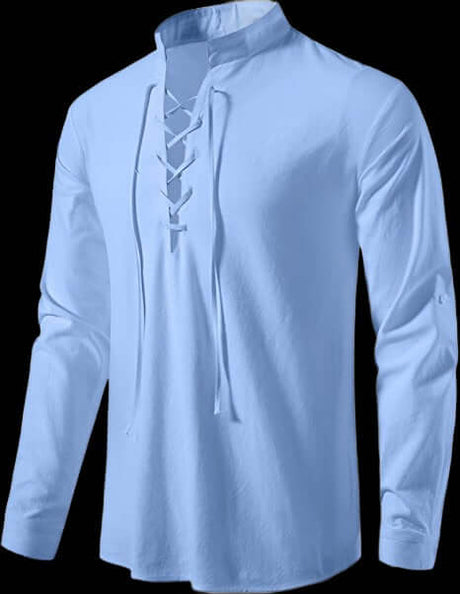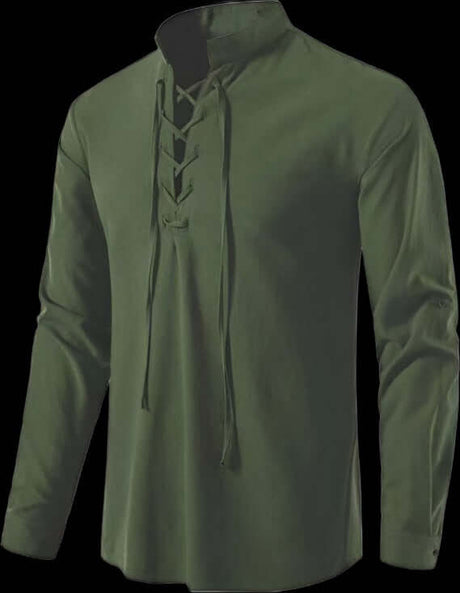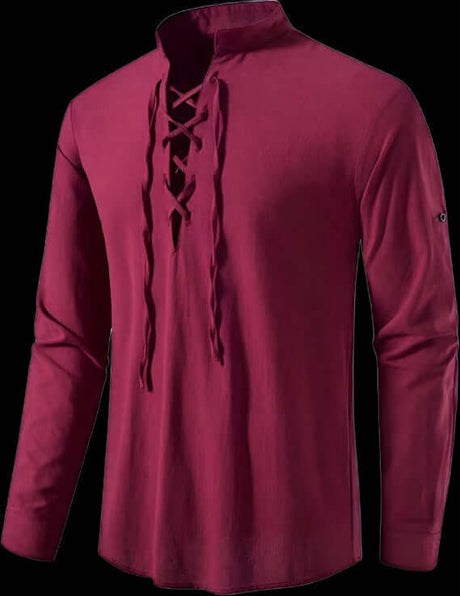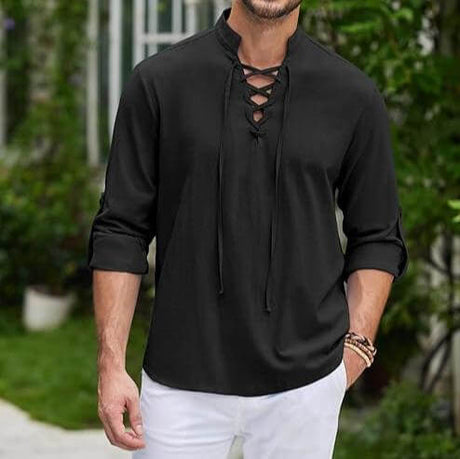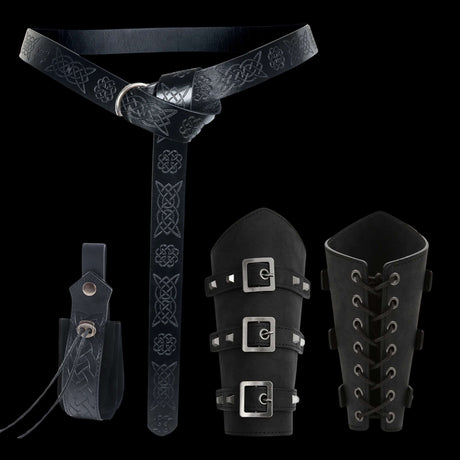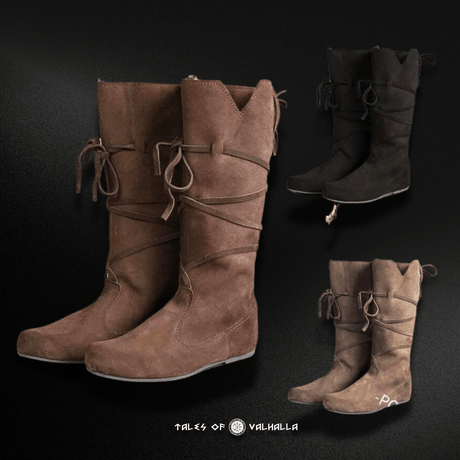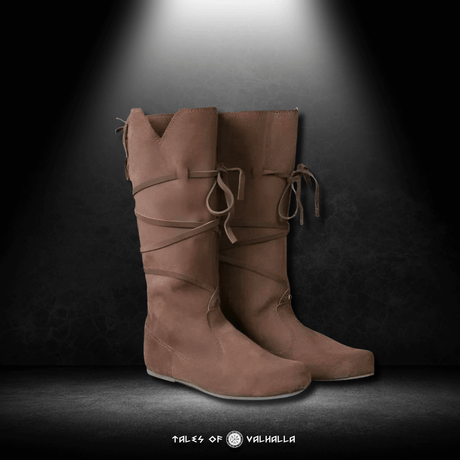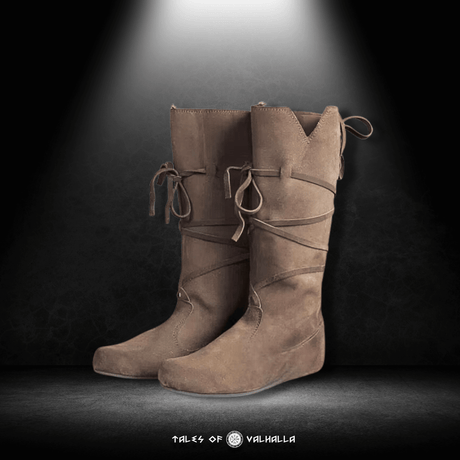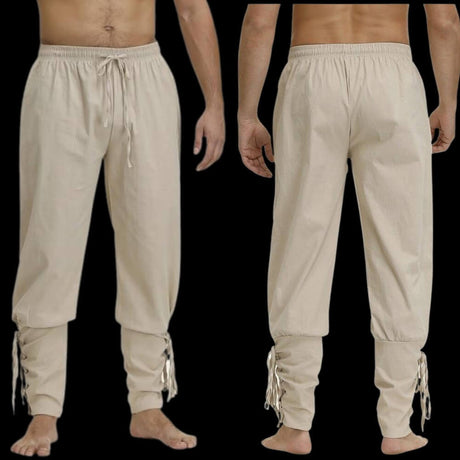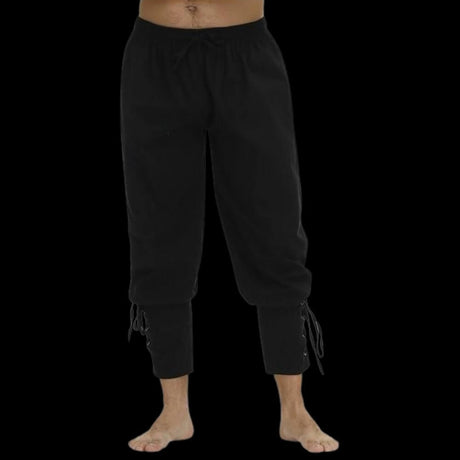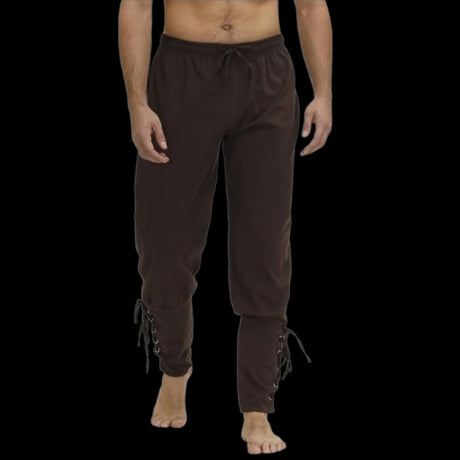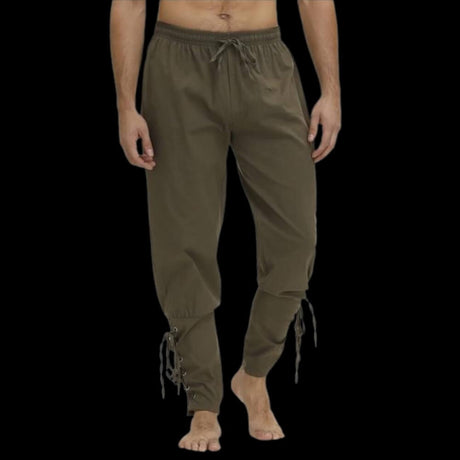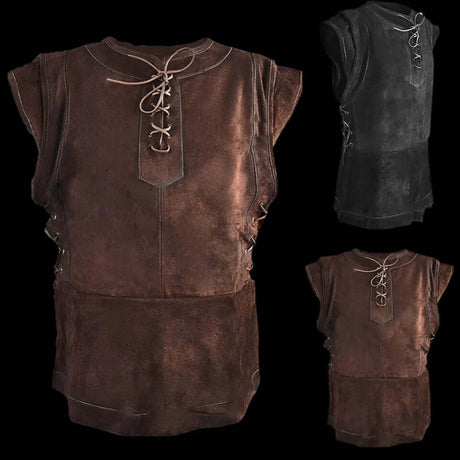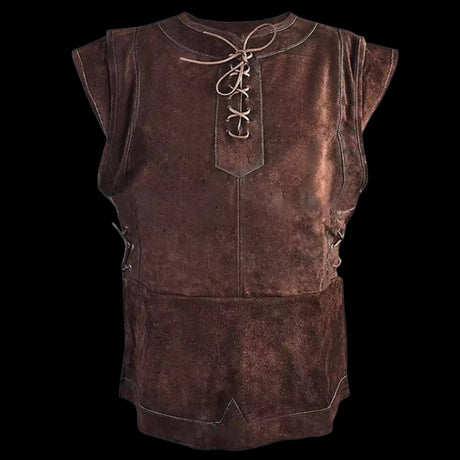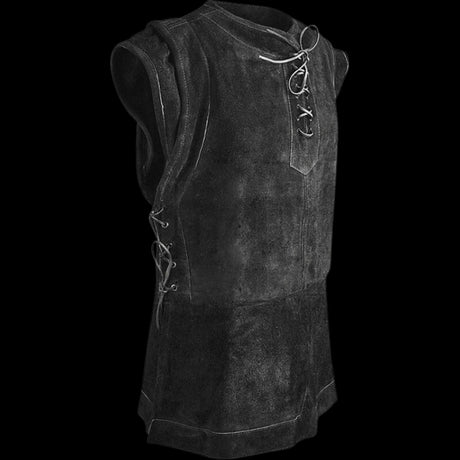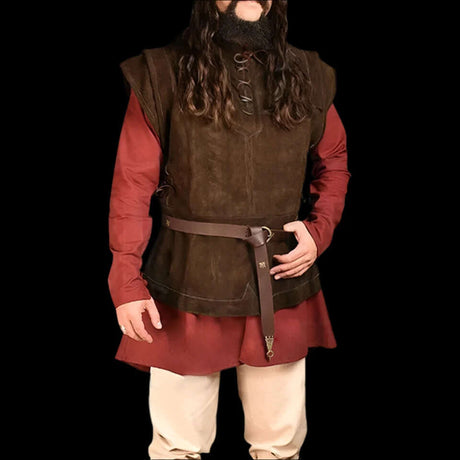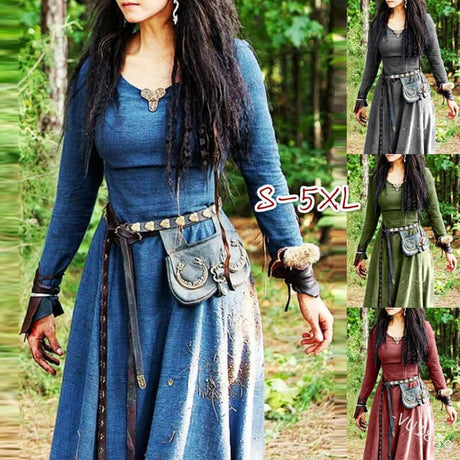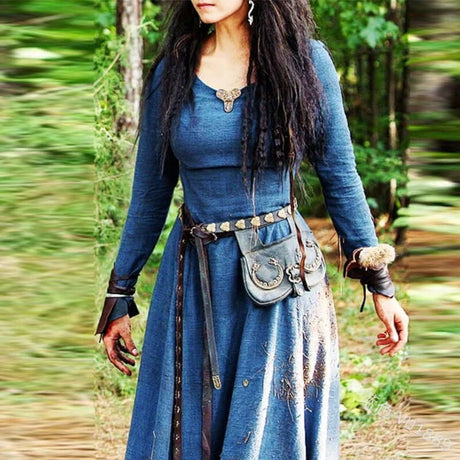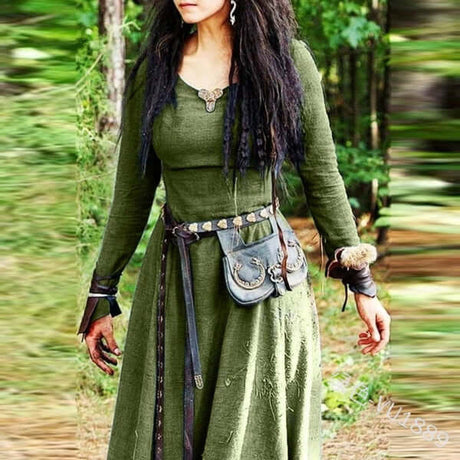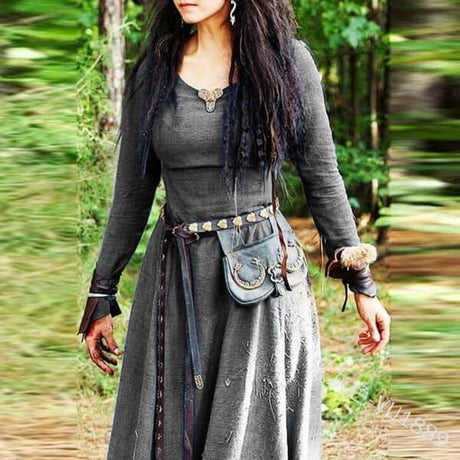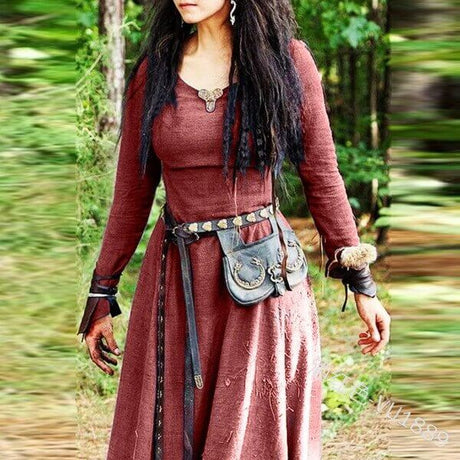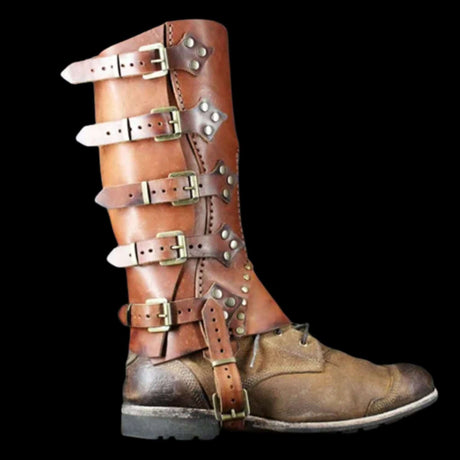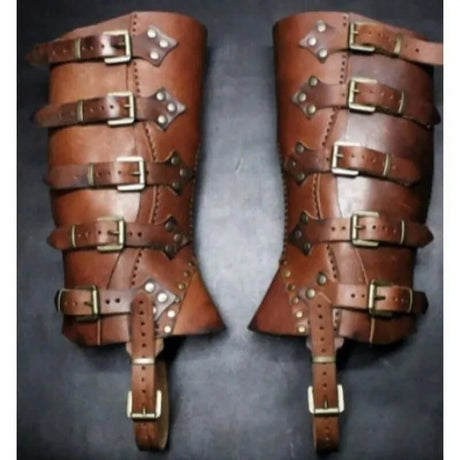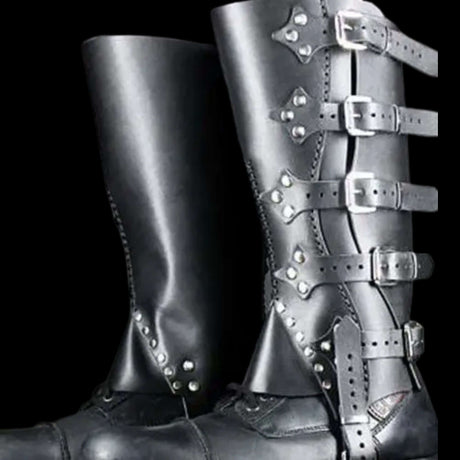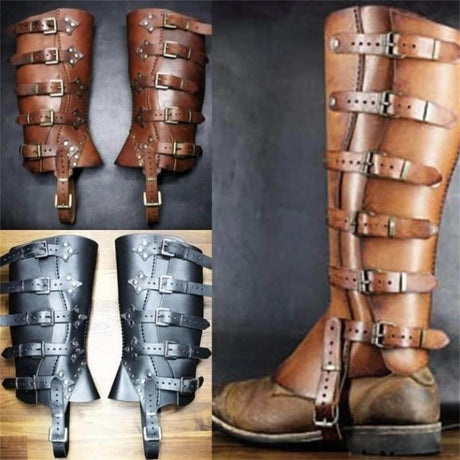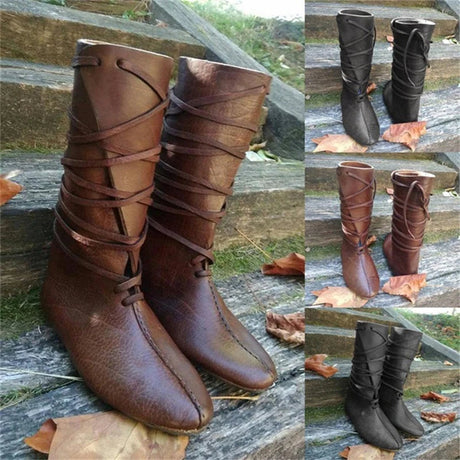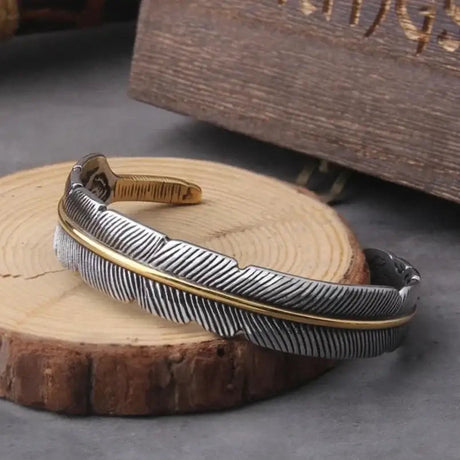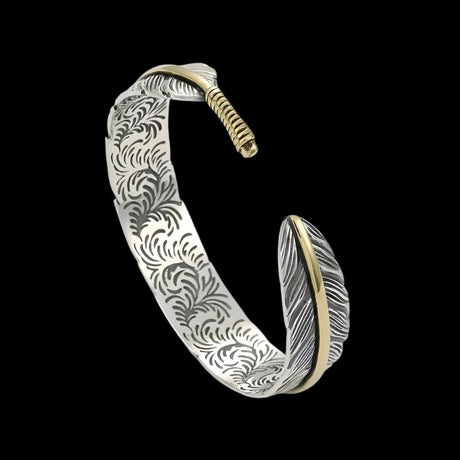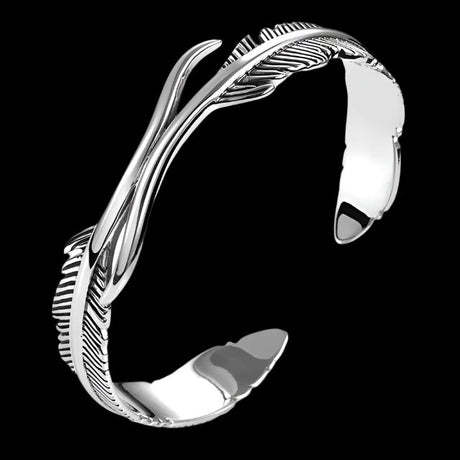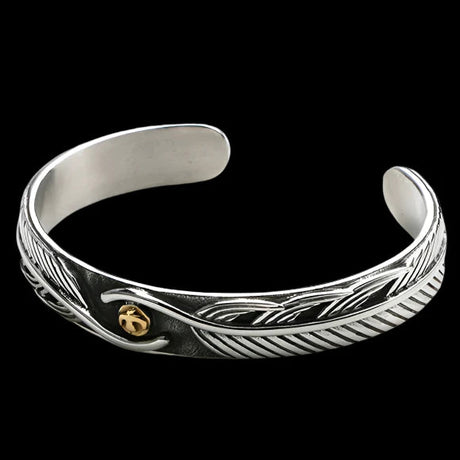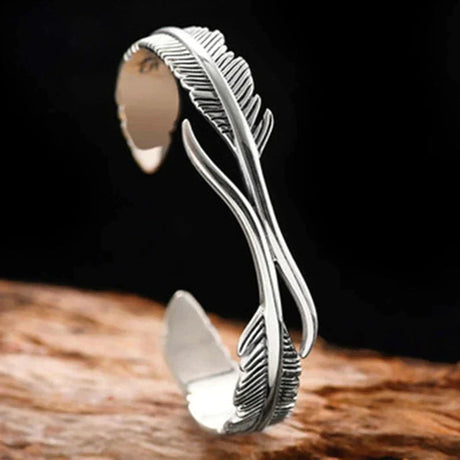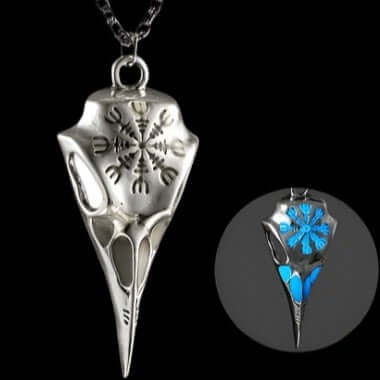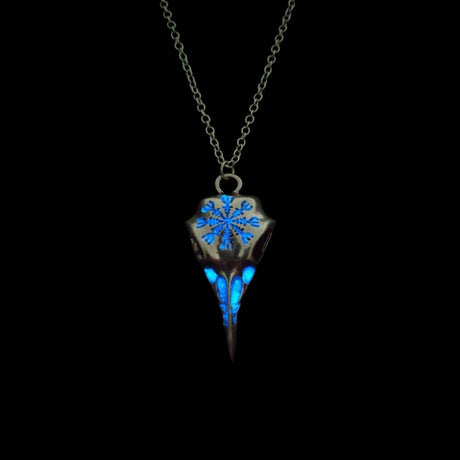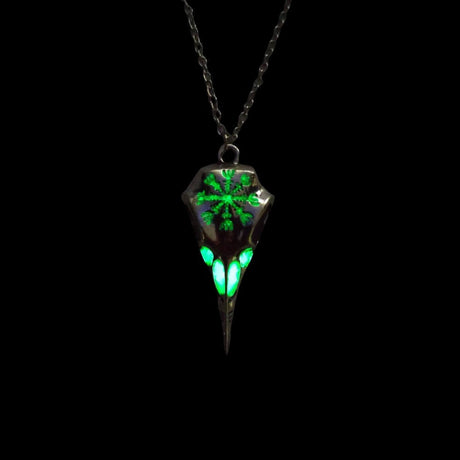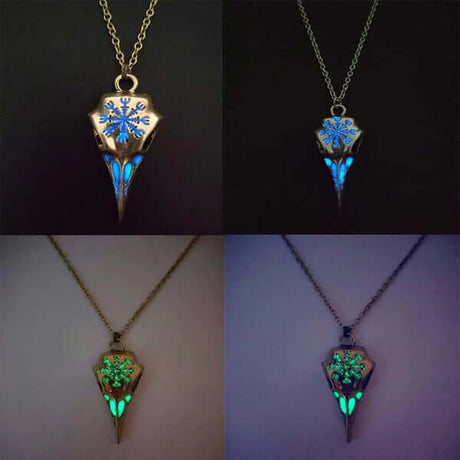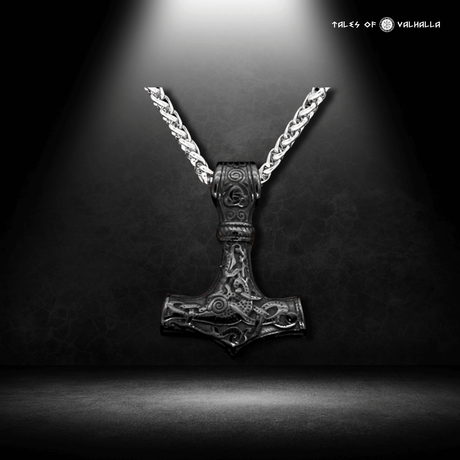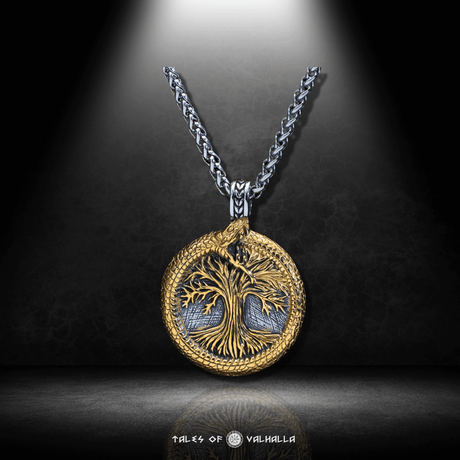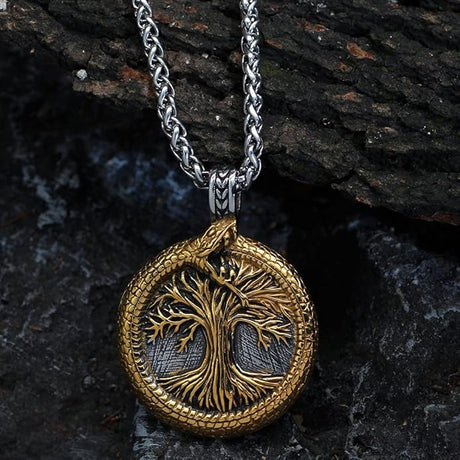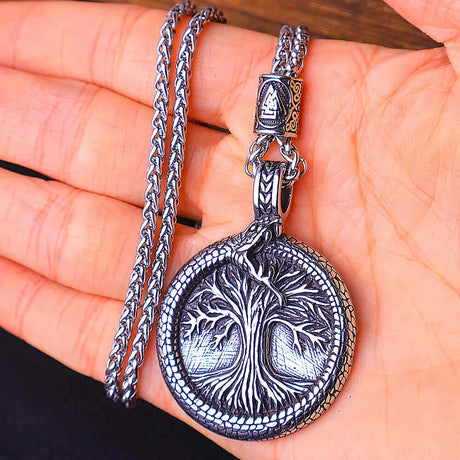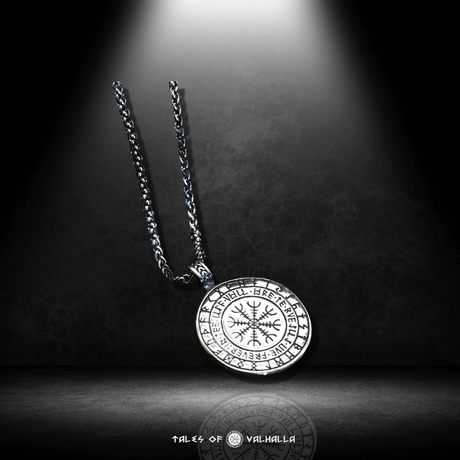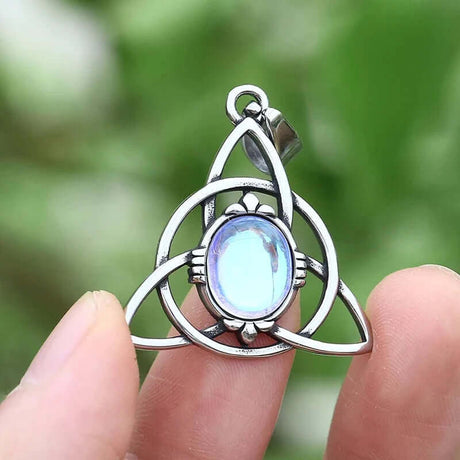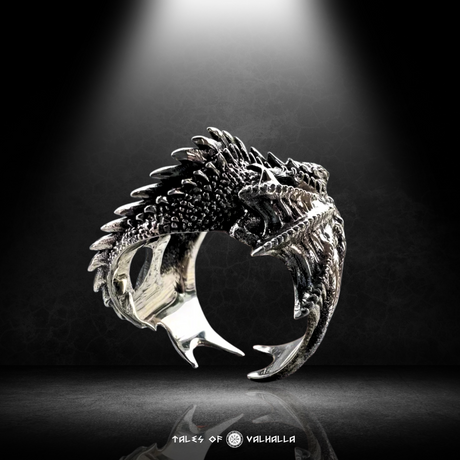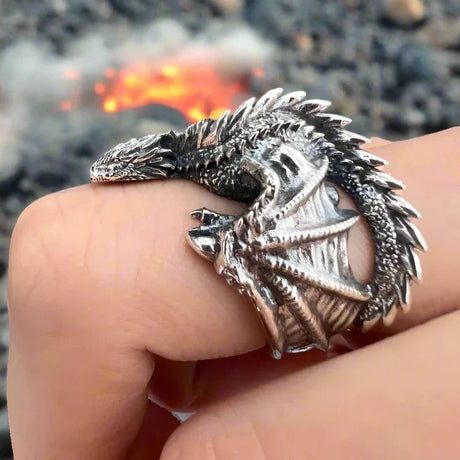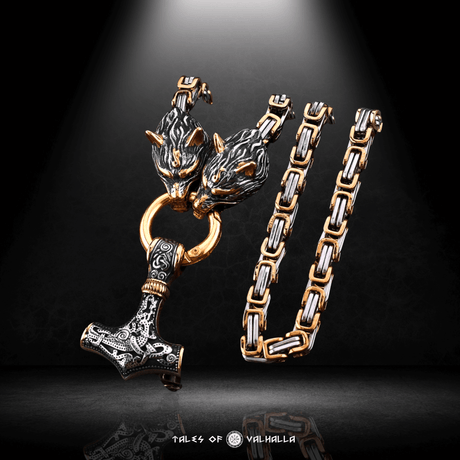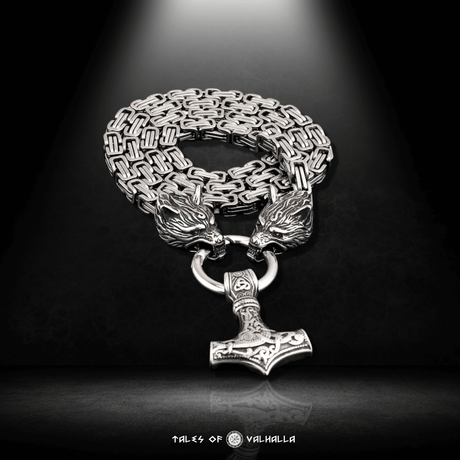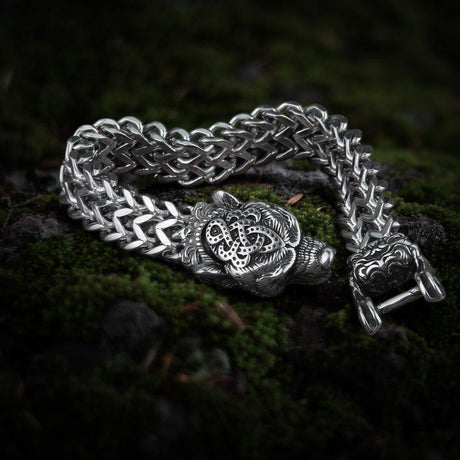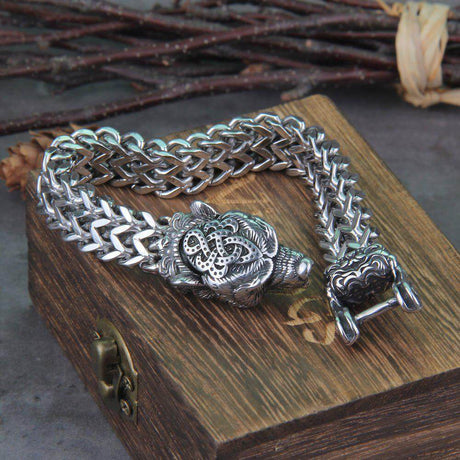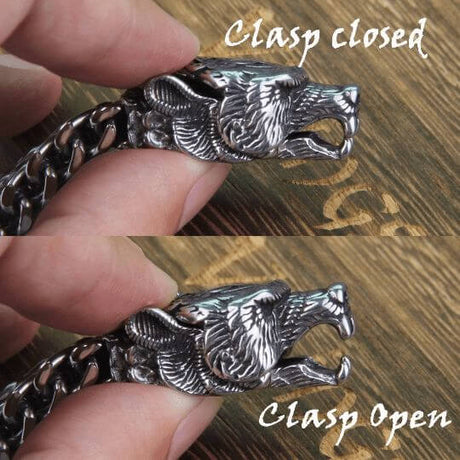The image of the Viking is powerful and enduring: a fierce warrior, eyes blazing, with a wild, untamed mane of braided hair and a formidable beard. Popular culture in the United States and across the globe has cemented this look, giving us intricate undercuts, complex braids laden with rings, and a generally rugged aesthetic. But what did Viking hairstyles really look like? Was every Norseman a walking testament to elaborate braiding, and did every shieldmaiden sport the fierce warrior look we see on screen?
This guide will delve deep into the historical and archaeological evidence to separate fact from fiction. We will unravel the truth behind authentic Viking hairstyles, exploring the styles worn by both men and women, their grooming habits, and the cultural significance of hair in the Viking Age (roughly 793-1066 AD). Prepare to have some popular myths challenged as we uncover a world of surprisingly well-groomed, practical, and diverse Viking hairstyles.
More Than Messy Manes: The Importance of Grooming in Viking Culture
Before we explore specific styles, we must first dismantle one of the most persistent and inaccurate stereotypes: the "dirty barbarian." The image of Vikings as unkempt, grimy people with matted hair could not be further from the truth.

More Than Messy Manes: The Importance of Grooming in Viking Culture
Debunking the "Dirty Barbarian" Myth
Evidence from multiple sources strongly indicates that Vikings, both men and women, took considerable pride in their personal appearance and hygiene.
- Archaeological Finds: Combs are one of the most common artifacts found in Viking Age graves across Scandinavia. These weren't crude, simple objects; many were finely crafted from bone, antler, or wood, and often kept in protective cases. The sheer number of combs discovered suggests they were personal, everyday items for almost everyone. In addition to combs, tweezers and small "ear spoons" for cleaning ears are also frequent finds.
- Historical Accounts: Contemporary accounts, even from those who were victims of Viking raids, often mention their surprisingly clean habits. The 13th-century English chronicler John of Wallingford, while complaining about their influence, noted that Viking men combed their hair daily, bathed weekly (on Saturdays, laugardagur – "washing day"), and changed their clothes regularly. He lamented that these well-groomed habits made them overly popular with English noblewomen!
- What the Sagas Say: The Icelandic Sagas are filled with references to hair as a point of pride and a defining characteristic. Characters are often described by their hair color and quality, and beautiful hair is seen as a mark of nobility.
This emphasis on grooming tells us that any authentic Viking hairstyles would have been intentional and well-maintained, not accidental or neglected.
Viking Hairstyles for Men: A Mix of Practicality and Status
The ideal Viking hairstyles for men seem to have been a blend of pragmatism for battle and work, and a display of status and virility. Long hair was common, but how it was worn varied significantly.
The "Reverse Mullet": Business in the Front, War in the Back?
One of the most intriguing and historically attested Viking hairstyles for men is a form of undercut, often humorously dubbed the "reverse mullet."
- The Style: This hairstyle involved having the hair long in the back and on top, while the sides and front of the head were shaved or cut very short. This is quite different from the "top knot with fully shaved sides" popularized by the TV show Vikings.
- Historical Evidence: A 10th-century English letter describes Norsemen in England with their "necks shaved, and their eyes blinded," which is interpreted to mean they had shaved napes and long bangs or fringes obscuring their vision slightly. More concretely, a 11th-century carving on a stone from the Temple Church in London shows a figure with this exact hairstyle: shaved at the front and sides, with long hair down the back.
-
Practical Reasons: This specific Viking hairstyle may have been highly practical for a warrior.
- Combat Advantage: Less hair at the front and sides meant less for an enemy to grab in close-quarters combat.
- Comfort with Helmets: Shorter hair around the forehead and sides might have made wearing a helmet more comfortable.
- Warmth: The long hair at the back would still provide warmth for the neck.
Long and Flowing: A Sign of Freedom and Nobility
While undercuts were a specific style, simply having long, well-kept hair was also very common. In many ancient Germanic cultures, long hair on a man was a symbol of freedom, nobility, and power. Slaves, or thralls, often had their hair cropped short as a mark of their lowly status. Therefore, a free man's ability to grow his hair long was a statement in itself, a key aspect of Viking hairstyles.
The Iconic Viking Beard: A Mark of Manhood
The beard was an essential element of the male Viking look and a profound symbol of masculinity and honor.
- Grooming and Maintenance: Like their hair, Vikings groomed their beards. They were combed, possibly oiled with animal fats or plant oils to keep them soft and healthy, and styled.
- Styling: Braids and Forks: Artistic depictions and some literary accounts show that beards were sometimes braided, either in a single braid or multiple smaller ones. Another style was the "forked beard," where the beard was split into two distinct points. These styles were not only decorative but also practical, keeping a long beard from getting tangled or in the way.
- Symbolism: A full, well-kept beard was a sign of maturity and virility. It was an essential part of a man's honor, and to mock or forcibly shave another man's beard was a grave insult that could easily lead to a blood feud. This makes the beard a central component of any discussion on Viking hairstyles.
Story Vignette 1: Bjorn's First Cut Bjorn, barely a man of fifteen summers, sat on a stool outside his family's longhouse, his heart pounding with a mix of excitement and fear. His father, Erik, stood before him, holding a sharp iron razor. Today was the day he would receive the haircut of a warrior, his first step towards joining the raiding party. Erik carefully shaved the hair from Bjorn's temples and the front of his head, leaving the longer locks on top and down his back. The razor was cold against his skin. His father then took a comb carved from antler and neatened the remaining hair, showing Bjorn how to tie it back. "A warrior does not give his enemy a handle to grip," Erik said gruffly, his voice filled with pride. "This Viking hairstyle is practical. Remember that." Bjorn looked at his reflection in a pail of water. The boy who had sat down was gone; in his place was someone new, someone with the look of a Norseman ready for his destiny.
Viking Hairstyles for Women: Elegance, Function, and Status
Viking women also took great pride in their hair. For them, Viking hairstyles were about showcasing health and status while remaining practical for their demanding roles in Norse society.

Viking Hairstyles for Women: Elegance, Function, and Status
The Virtue of Long Hair: A Symbol of Femininity and Status
Long hair was a highly prized attribute for women in the Viking Age. It was a sign of beauty, health, and femininity.
- Archaeological Evidence: Preserved bog bodies and artistic depictions consistently show women with long hair.
- The Sagas: Women in the sagas are often praised for their long, beautiful hair, which could be blonde, red, or dark. It was a key feature of their described beauty.
Practical Knots and Buns: Managing the Mane
While long hair was beautiful, it was impractical to let it flow freely during a long day of work on the farm, at the loom, or managing a household. Therefore, intricate buns and knots were likely the everyday norm for many Viking hairstyles for women.
- The "Knot" (Hnútar): A common style involved gathering the hair at the back of the head and tying it into a complex knot, often looped through itself. This kept the hair securely out of the way. The remains of a woman found at the Oseberg ship burial showed her hair styled in a sophisticated knot.
- Evidence from Art: Figurines and carvings often depict women with their hair tied up in these elaborate buns or knots at the nape of the neck or top of the head.
Braids and Ribbons: Adding Decoration and Style
Braids were another fundamental element of Viking hairstyles for women.
- Variety of Braids: Women likely used a variety of braiding techniques, from simple three-strand braids to more complex styles. Braids could be worn down the back, looped up and pinned, or wrapped around the head like a crown.
- Woven Ribbons: Brightly colored ribbons or cords, often created using tablet weaving, were frequently woven into the braids. This added color and decoration, and also helped to keep the hairstyle secure. The color and material of the ribbons could signify wealth and status.
The Role of Head Coverings: A Sign of Marital Status?
It is widely believed that married women in the Viking Age wore some form of head covering.
- Types of Coverings: These could range from simple linen scarves (hufa) or caps to more structured hoods, often tied under the chin.
- Practicality and Modesty: Head coverings kept hair clean, provided warmth, and, in a social context, likely signified a woman's marital status.
- Influence on Hairstyles: The need to wear a head covering would have influenced Viking hairstyles. Hair was likely styled in a way that could be comfortably contained under a cap or scarf, such as in a low bun or coiled braids.
Story Vignette 2: Ingrid's Morning Ritual The first rays of dawn filtered through the smoke hole of the longhouse, and Ingrid was already awake. She sat on her sleeping bench, her long, wheat-blonde hair cascading down her back. Before starting her day of baking, weaving, and managing the farm's stores, she began her morning ritual. With a comb carved from her husband's first stag hunt, she meticulously detangled her hair. Then, with practiced fingers, she wove it into a single, thick braid. She didn't let it hang free; that was for festivals. Instead, she coiled the braid tightly at the nape of her neck, forming a secure knot. She pinned it in place with a small, sharp bone pin. Finally, she took a clean linen scarf, a hufa, and wrapped it neatly around her head, tucking the ends in. Now she was ready. Her Viking hairstyle was one of practicality and order, a reflection of her role as mistress of the household.
Color and Controversy: Did Vikings Bleach Their Hair?
When we ask "What did Viking hairstyles look like?", color is a key component. While Vikings had a natural diversity of hair colors, there is also intriguing evidence of artificial coloring.

Color and Controversy: Did Vikings Bleach Their Hair?
The Spectrum of Natural Colors
As confirmed by modern genetic studies of Viking remains, the Norse people were not uniformly blonde.
- Blonde, Brunette, and Red: While blonde hair was common, especially in certain regions of Sweden, brown hair was the most prevalent hair color across Scandinavia as a whole. Red hair was also present, particularly in Western Scandinavia (Norway) where there was more contact with Celtic peoples. This diversity is a crucial fact about historical Viking hairstyles.
The Lye Soap Method: The Quest for Blonde
There is strong textual evidence that some Vikings, particularly men, deliberately lightened their hair.
- The Method: They used a very strong soap with a high lye content. This potent substance would strip the natural color from the hair, bleaching it to a lighter blonde, or in some cases, a reddish hue.
-
The Reasons Why: Why go to such trouble?
- Cultural Ideal: It's possible that blonde hair was considered particularly desirable or noble, and men sought to emulate this ideal.
- Hygiene: A more practical reason is that the harsh lye soap was an effective way to kill and prevent head lice, a common problem in the pre-modern world.
- Warrior Status: It could have been a way for warriors to distinguish themselves, creating a more uniform or intimidating look.
Modern vs. Historical: Decoding the "Vikings" TV Show Look
The immense popularity of the TV show Vikings has had a huge impact on modern perceptions of Viking hairstyles. While visually stunning, many of these styles are modern interpretations rather than historical reproductions.
Table: Pop Culture vs. Historically Plausible Viking Hairstyles
This table helps illustrate how modern media has adapted and often exaggerated historical Viking hairstyles for dramatic effect.
Achieving Your Own Viking Hairstyle Today
Inspired by the Norsemen? Here are a few tips for recreating Viking hairstyles in the 21st century.
For Men:
- The Modern Undercut: Ask your barber for a disconnected undercut with the top left very long. You can style the top with a simple tie-back, a top-knot, or braids.
- Growing a Full Beard: Patience is your greatest ally! Let your beard grow for several months, only trimming the neckline and cheek lines to keep it neat. Use beard oil and a boar bristle brush to keep it healthy and manageable.
- Braiding: Simple braids in a long beard can add an instant Viking touch. Secure with small, clear elastics.
For Women:
- Embrace Length: Long, healthy hair is the foundation for most female Viking hairstyles.
- Learn Norse Knots: Search for online tutorials on "Norse knots" or "Viking hair buns." These styles are both beautiful and surprisingly secure.
- Braiding with Flair: Experiment with different types of braids – Dutch braids, fishtail braids, and four-strand braids can all create an intricate, Viking-inspired look. Weave in ribbons or leather cords for a touch of color and authenticity.
Conclusion: The Enduring Legacy of Viking Hairstyles
So, what did Viking hairstyles really look like? The truth reveals a world far removed from the simple stereotypes. We find a people who valued grooming, whose hairstyles were a blend of practicality and personal expression, and whose appearance was as diverse as their travels. For both men and women, Viking hairstyles were not just a matter of fashion, but a part of their identity, reflecting their status, their role in society, and their connection to a powerful cultural heritage.
While modern interpretations on screen are often exaggerated, they speak to the enduring power and appeal of the Viking aesthetic. They inspire us to explore the history and to find our own ways of connecting with the strength, resilience, and artistry of the Norse people. Whether you're growing a formidable Viking beard or mastering an intricate Norse braid, you are participating in a legacy that has survived for over a thousand years.
6 FAQs
1. Q: What did authentic Viking hairstyles really look like?
A: Authentic Viking hairstyles were more diverse and well-groomed than often depicted. For men, common styles included long hair, sometimes in an undercut known as a "reverse mullet" (long in the back, short on the front/sides), and well-kept beards that could be braided or forked. Women prized long hair and typically wore it in practical yet intricate braids or knots (buns), often covered by a headscarf if married.
2. Q: Were Vikings really messy and unkempt with wild hair?
A: No, this is a common myth. Archaeological evidence, such as the vast number of combs, tweezers, and other grooming tools found in Viking graves, strongly suggests that both men and women took great pride in their appearance and kept their hair clean and styled.
3. Q: Were all Vikings blonde?
A: No, the idea that all Vikings were blonde is a stereotype. Genetic and historical evidence shows a natural diversity of hair colors, including blonde, brunette, and red hair, with brown being the most common across Scandinavia.
4. Q: Did Vikings dye or bleach their hair?
A: Yes, there is historical evidence suggesting that some Vikings, particularly men, used a strong lye-based soap to bleach their hair and beards. This could achieve a lighter blonde or even a reddish hue and was likely done for cultural status and for its hygienic properties (killing lice).
5. Q: How accurate are the extreme undercuts and braids seen in TV shows like "Vikings"?
A: While inspired by historical elements, the Viking hairstyles in popular media are often highly stylized and exaggerated for dramatic effect. The extreme, fully-shaved sides with a top-knot or very complex, modern-looking braids are more fantasy than a reflection of everyday historical reality.
6. Q: What was the significance of beards for Viking men?
A: A beard was a profound symbol of masculinity, maturity, and honor in Viking society. Beards were well-groomed, combed, and sometimes styled (braided or forked). To mock or forcibly shave another man's beard was considered a grave insult that could lead to violent conflict.

